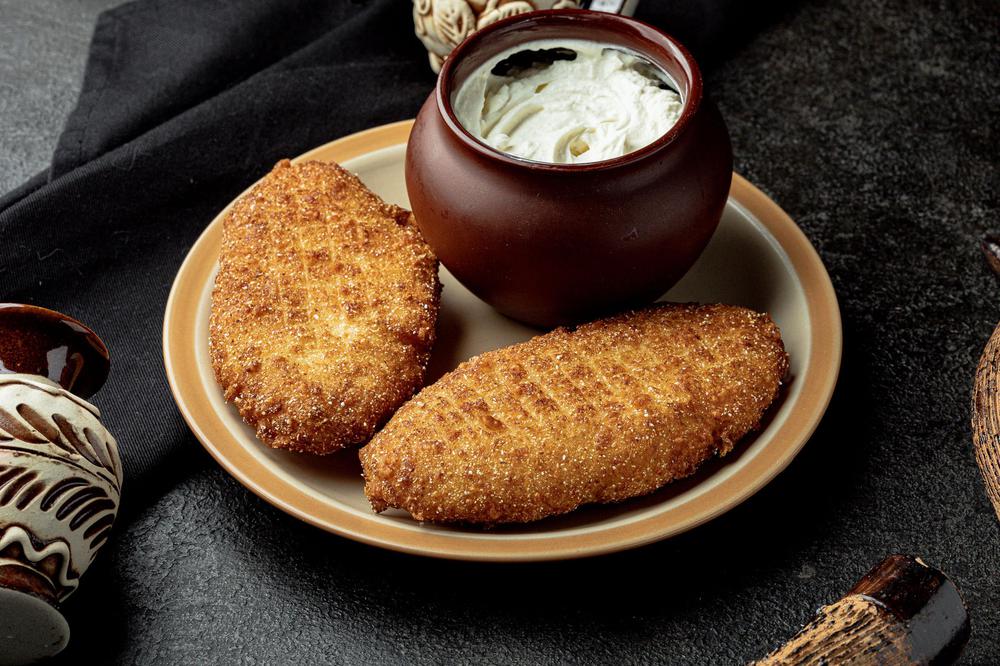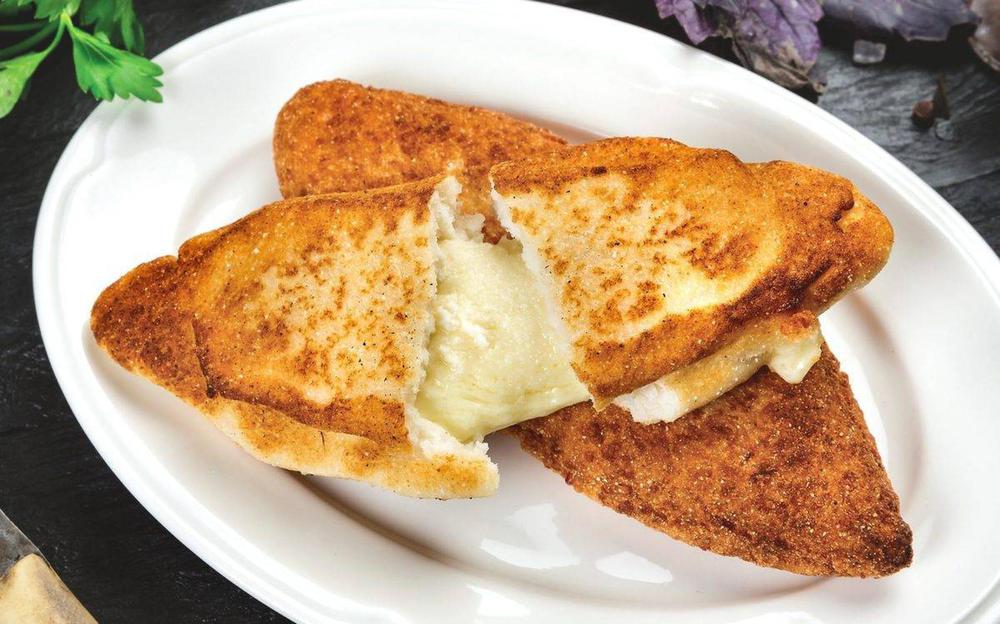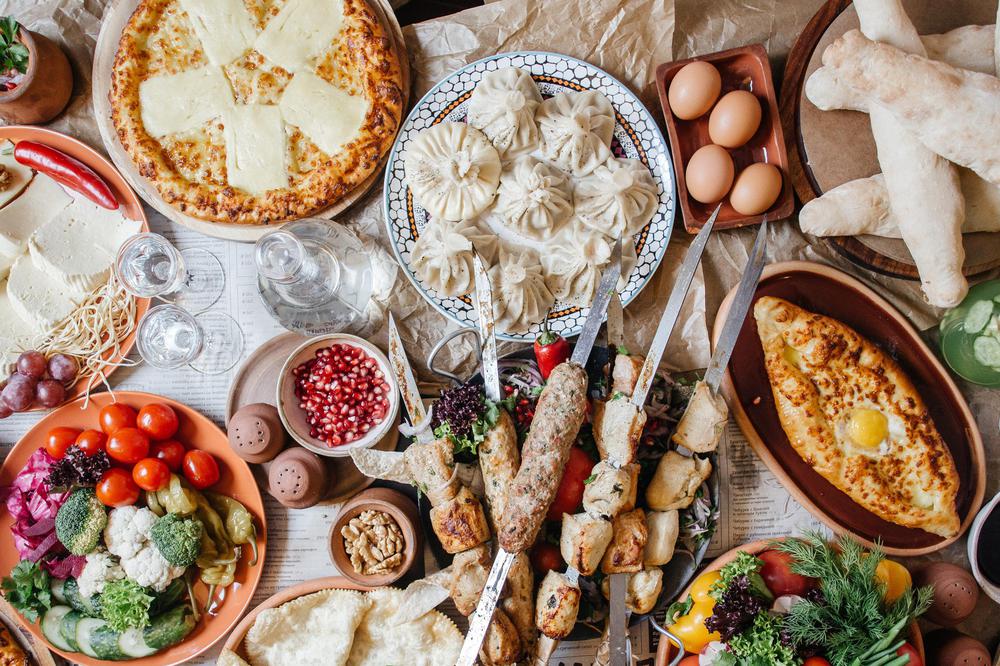Cornmeal holds a significant place in Georgian cuisine, a testament to its historical journey and culinary impact. The introduction of corn to Georgia, which occurred during the 16th and 17th centuries following the discovery of the Americas, revolutionized Georgian cooking. This new crop quickly adapted to Georgia's fertile landscapes, becoming a staple grain. Today, cornmeal is integral to many Georgian dishes, reflecting the nation's gastronomic traditions and culinary innovation. This article provides a comprehensive look at cornmeal's role in Georgian cuisine, offering valuable insights for travelers keen on exploring Georgia's rich culinary heritage.
The Role Of Cornmeal In Georgian Cooking
Cornmeal, a versatile and widely-used ingredient in Georgian cuisine, is central to many traditional dishes. Its introduction to Georgia's culinary scene transformed local gastronomy, offering new textures and flavors. Used in various forms, from finely ground to coarsely crushed, cornmeal adds a unique character to Georgian recipes, ranging from hearty breads to comforting porridges.
Georgia's agriculture embraced corn, leading to the widespread cultivation and use of cornmeal in everyday cooking. Its affordability and versatility made it a favorite among Georgian households, solidifying its place in the culinary landscape. In Georgian cuisine, cornmeal is not just a food component; it's a cultural symbol that represents the nation's adaptive culinary practices and resourcefulness.
Popular Georgian Dishes Featuring Cornmeal
Georgian cuisine showcases a variety of cornmeal-based dishes, each with unique flavors and textures:
- Mchadi - A rustic cornbread, often paired with cheese or used to sop up flavorful stews.
- Ghomi - Creamy and polenta-like, typically served with cheese or meats.
- Elarji - A cheesy, gooey concoction blending sulguni cheese with cornmeal.
- Lobiani - A bean-filled bread, with some versions incorporating cornmeal in the dough.
- Chvishtari - A cheese-filled cornbread, combining the richness of cheese with the earthiness of cornmeal, symbolizing the fusion of local ingredients and traditional cooking methods.
These dishes not only highlight cornmeal's versatility but also act as culinary gateways to understanding Georgian culture and history. Each dish tells a story of regional preferences and time-honored cooking techniques.
Cornmeal's Enduring Legacy In Georgian Gastronomy
Cornmeal's influence on Georgian cuisine is profound and enduring. As a staple ingredient, it has not only shaped the country's culinary identity but also mirrors the adaptability and creativity of Georgian cooking. From the humble mchadi to the sumptuous elarji, cornmeal's versatility is showcased in a myriad of dishes, each reflecting a part of Georgia's rich gastronomic tapestry.
For travelers and food enthusiasts, exploring Georgian dishes centered around cornmeal offers an authentic taste of the country's culinary traditions. These dishes are more than just meals; they are storied expressions of Georgia's history, culture, and agricultural heritage. As such, cornmeal remains a vital ingredient, not just in Georgian kitchens but in the hearts of those who cherish the nation's vibrant and diverse cuisine.
This exploration of cornmeal in Georgian cooking provides a glimpse into the soul of a nation where food is celebrated, revered, and continuously innovated. It underscores the importance of ingredients in shaping national culinary landscapes and highlights the role of cuisine in cultural identity and tourism.

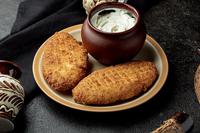 Mchadi
Mchadi
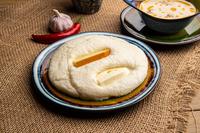 Ghomi
Ghomi
 Elarji
Elarji
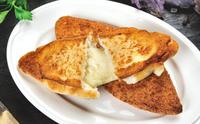 Chvishtari
Chvishtari
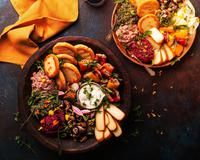 Vegetarian and Vegan Delights in Georgian Cuisine
Vegetarian and Vegan Delights in Georgian Cuisine
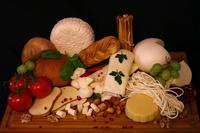 Georgian Cheese
Georgian Cheese
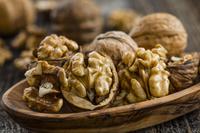 Walnut Wonders of Georgia
Walnut Wonders of Georgia
 Matsoni
Matsoni
 Pomegranate in Georgian Cuisine
Pomegranate in Georgian Cuisine
 Georgian Honey
Georgian Honey
 Garlic in Georgian Cuisine
Garlic in Georgian Cuisine
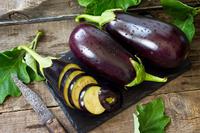 Eggplants in Georgian Cuisine
Eggplants in Georgian Cuisine

